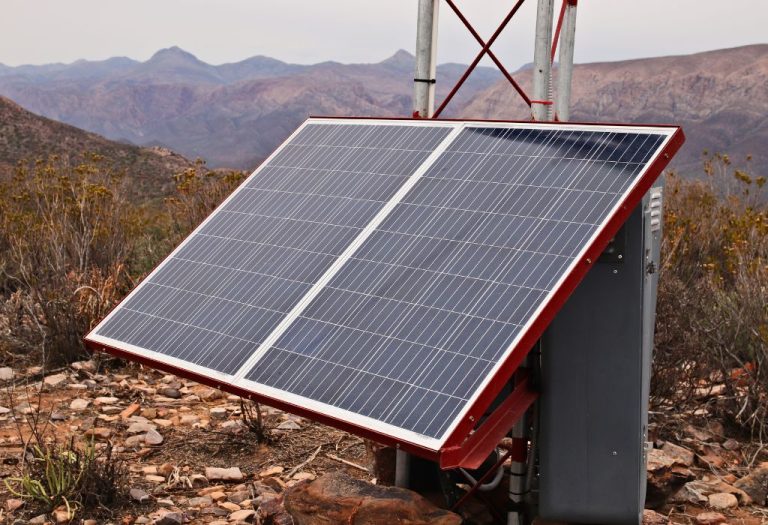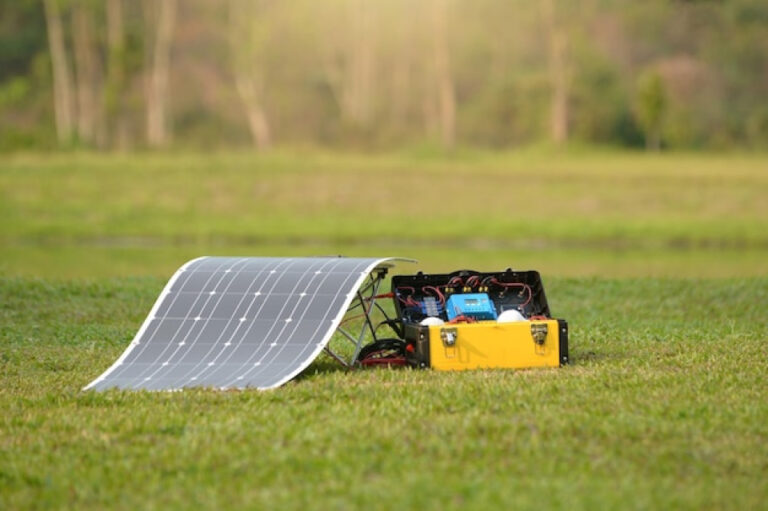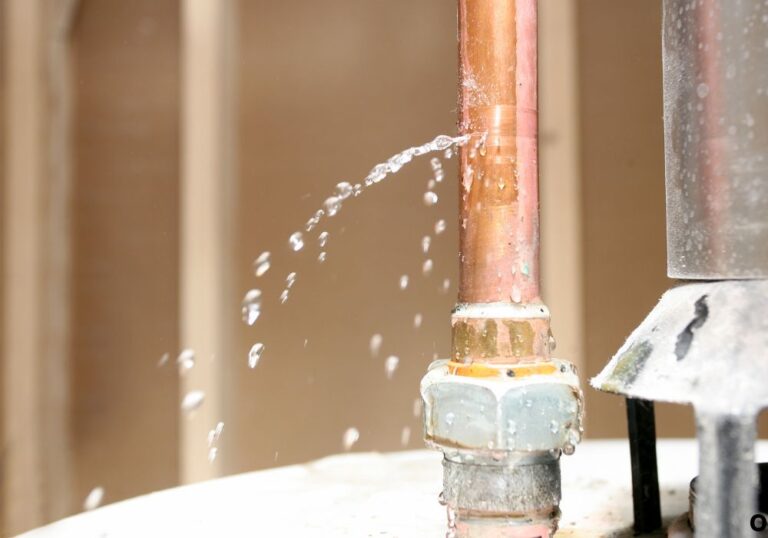Can I Replace My RV Water Heater with Tankless?
Imagine waking up in your RV on a cold morning, turning on the shower, and finding the water turns icy halfway through. That moment leaves many RV owners wondering — can I replace my RV water heater with a tankless one?
According to a report from RVIA, nearly 60% of new RV buyers now consider energy-efficient upgrades like tankless systems essential to comfort on the road (source). Tankless models heat water only when needed, eliminating the standby heat loss of traditional storage heaters. This makes them both eco-friendly and convenient for long trips.
However, the conversion isn’t always straightforward. RV water systems vary in power supply, gas setup, and venting design. Installing a tankless system without proper preparation may cause uneven heating, wasted water, or operational issues.
This guide covers every detail — how tankless systems work, benefits and challenges, installation steps, maintenance, and when it’s truly worth the upgrade. By the end, you’ll know whether switching to a tankless heater is the right decision for your RV lifestyle.
What Does It Mean When You Ask “Can I Replace My RV Water Heater with a Tankless?”

Replacing a standard RV water heater means moving from a stored hot water system to an on-demand heating unit. A conventional heater continuously warms a 6- to 10-gallon tank, while a tankless model activates burners only when you open a hot-water tap.
The result is instant, endless hot water — but the new system requires proper flow, fuel, and venting to perform correctly.
What is a traditional RV water heater?
It’s a tanked system powered by propane or electricity that heats stored water and maintains temperature even when unused.
What is a tankless (on-demand) RV water heater?
It heats water only as it flows, using sensors and burners to provide continuous supply with no storage tank.
Why do RV owners switch?
Common reasons include unlimited hot water, compact design, better fuel efficiency, and reduced standby losses.
Is the installation simple?
Not necessarily. Retrofitting may require plumbing, gas line, and electrical adjustments for safety.
Can every RV support a tankless unit?
No — the RV must have proper venting access, fuel supply, and electrical connections before installing one.
Benefits of Upgrading to a Tankless Water Heater in an RV
The most compelling reason for switching to tankless is continuous hot water. You can take longer showers without running out of heat, an appealing advantage for families and full-time travelers.
Tankless heaters are also more energy-efficient, as they eliminate standby losses from stored water. According to Energy.gov, tankless models can be 24–34% more efficient than conventional tank systems for households that use moderate hot water (source).
Does a tankless RV water heater provide unlimited hot water?
Yes, since it heats water on demand, you’ll never run out as long as fuel and water are available.
Will it save energy compared to a tank model?
Yes, by avoiding constant reheating of stored water, propane or electric use drops significantly.
Does it save space in the RV?
Definitely. Without a bulky tank, you free up valuable storage or reduce vehicle weight.
Is the lifespan longer?
In most cases, yes — tankless units avoid corrosion issues common to tanks and last several years longer.
Does it improve convenience for multiple users?
Yes. With continuous heating, several people can shower or use hot water in sequence without delays.
Challenges & Limitations of Replacing an RV Water Heater with Tankless
While tankless water heaters offer modern comfort, they also bring challenges that traditional RV systems don’t have. Installation requires careful alignment of plumbing and gas lines. Poor setup can cause inconsistent heating or wasted water waiting for temperature stabilization.
Another concern is cost. Tankless RV heaters can cost $300–$700, excluding labor. Add venting kits or professional installation, and the total investment rises. Power demands may also challenge off-grid travelers.
What installation challenges arise when converting to tankless?
Installing may require modifying the access panel, connecting new wiring, and ensuring adequate venting.
Are there drawbacks during usage?
Yes. Some users experience water temperature fluctuations or extra water waste while the heater ramps up.
Is the upfront cost higher?
Yes. Expect higher purchase and installation costs compared to a direct tank replacement.
Is it suitable for boondocking or off-grid camping?
Not always. Many tankless units rely on consistent propane flow and electricity, making dry camping less efficient.
Does water flow affect performance?
Yes. If pressure is too low, the heater may fail to ignite or maintain stable temperatures.
Step-by-Step Guide: How to Replace Your RV Water Heater with a Tankless Model

Replacing a tank system requires planning and safety checks. Start by confirming the fuel type, power supply, and space dimensions. Always turn off power and propane before removing the old unit.
Next, disconnect the water lines and wiring, drain the tank, and carefully remove it. Install the new tankless heater with a proper seal and connect water, power, and gas lines. Finally, test for leaks and ensure venting is unobstructed.
How do I determine compatibility?
Check your RV’s heater compartment size, fuel system (propane or electric), and venting path before purchase.
What are the major installation steps?
- Turn off power and propane.
- Drain and disconnect the old tank.
- Mount the new unit.
- Reconnect water, gas, and electric lines.
- Test for leaks and proper heating.
Do I need a professional for installation?
Yes, if unfamiliar with gas or electrical systems. Certified RV technicians ensure safety and warranty protection.
What typical costs should I expect?
Between $200–$700 for the unit, plus $300–$500 for labor depending on RV model and location.
How long does installation take?
A professional install typically takes 2–4 hours once proper fittings are available.
Key Considerations Before You Decide: Sizing, Fuel, Venting & Water System
Before committing, evaluate whether your RV supports tankless heating. Flow rate is crucial; most units require at least 0.5–1.0 gallons per minute to activate heating.
Fuel and venting also play big roles. Propane models need safe venting through side or roof outlets. Electric tankless systems require substantial current, which some RVs can’t supply.
What size (GPM or BTU) tankless unit should an RV have?
For small RVs, 1.5–2.0 GPM is often sufficient. Larger RVs may require 2.5 GPM or higher to run multiple fixtures.
Does fuel type matter?
Yes. Propane models are most common because RVs already carry propane lines, while electric versions need high amperage.
What about venting and clearance?
Tankless heaters require dedicated venting for exhaust and intake, often using existing exterior panels or roof vents.
Does water system pressure matter?
Yes. Weak flow can prevent ignition or lead to unstable temperatures. Always maintain adequate pump pressure.
Can a tankless unit handle cold-climate use?
Yes, if equipped with freeze protection. Many modern models include built-in sensors and automatic heating coils.
Maintenance, Winterization, and Long-Term Performance
Maintaining a tankless RV water heater is simple but essential. Regular descaling and flushing prevent mineral buildup that can reduce efficiency. Always use an RV-safe descaling solution annually.
During winterization, drain water lines and ensure antifreeze or heat protection to avoid cracked components. Proper care extends life and maintains steady performance for years.
What maintenance does a tankless RV water heater need?
Flush and descale at least once per year, check venting for obstructions, and inspect burners regularly.
How does winterization differ?
Instead of draining a large tank, protect internal coils and water lines from freezing using manufacturer guidelines.
What’s the expected lifespan?
Typically 10–15 years, longer than tank models that often corrode or leak within 5–8 years.
Does it hold up to full-time RV living?
Yes, with regular maintenance. Tankless heaters are designed for frequent use and steady operation.
Can neglecting maintenance cause failure?
Absolutely. Scale buildup or poor ventilation can overheat components and shorten lifespan dramatically.
Is the Upgrade Worth It? Cost-Benefit and When It Makes Sense
For many RV owners, the comfort and efficiency of endless hot water outweigh the cost. However, casual or occasional campers may not need the investment.
If your existing heater is old, corroded, or failing, upgrading now can save money over time. For newer units or limited water usage, sticking with a tank heater may be more practical.
How much more does it cost upfront?
Expect to spend several hundred dollars more for tankless compared to a traditional unit.
When do the energy savings offset the cost?
Usually within 3–5 years for frequent travelers who rely heavily on hot water.
Who benefits most from the switch?
Full-time RVers, families, or users who need multiple back-to-back showers benefit the most.
When might it be less advisable?
For weekend campers or off-grid users who prioritize simplicity and lower propane usage.
What’s the overall return on investment?
Increased comfort, reduced propane use, and longer equipment lifespan make the ROI positive for regular RVers.
Future Trends in RV Water Heater Technology
The RV industry continues to evolve toward smarter, more efficient systems. Many 2025 RV models now include tankless water heaters as standard equipment, offering digital temperature controls and mobile app connectivity.
Manufacturers are also developing hybrid systems that combine electric and propane heating for maximum flexibility. Improvements in low-flow ignition, freeze protection, and durability will make tankless systems even more reliable for year-round travelers.
Are RV makers adopting tankless systems widely?
Yes. Major brands now install tankless heaters in premium and mid-range RVs by default.
What future improvements are expected?
Smarter control interfaces, hybrid energy systems, and faster ignition under low-flow conditions.
Should RV owners wait for newer technology?
If your current unit functions well, waiting could offer new features. But if it’s failing, upgrading now still provides clear benefits.
Will prices drop over time?
As adoption grows and manufacturing scales, costs are expected to decline gradually.
How will tankless tech affect RV resale value?
Upgraded RVs with tankless systems often command higher resale prices due to comfort and efficiency appeal.
Conclusion
So, can you replace your RV water heater with a tankless system? Yes — in most cases, you can, provided your RV meets installation and power requirements. The result is endless hot water, energy savings, and modern comfort on every trip.
However, plan carefully. Evaluate your RV’s setup, fuel type, and travel habits before upgrading. Consult a qualified technician to ensure safety and longevity of your new system.
For RV owners seeking consistent comfort and efficiency, switching to a tankless water heater is one of the smartest upgrades available today.
I’m David R. Coleman, the founder, lead writer, and lifelong tool enthusiast behind GarageToolPro.com. With years of experience in automotive repair, woodworking, and home DIY projects, I created this platform to share practical tips, detailed tool reviews, and step-by-step guides that help mechanics, hobbyists, and homeowners get the job done right the first time.






